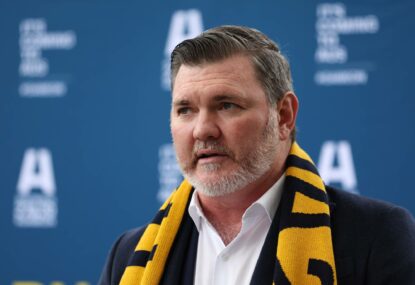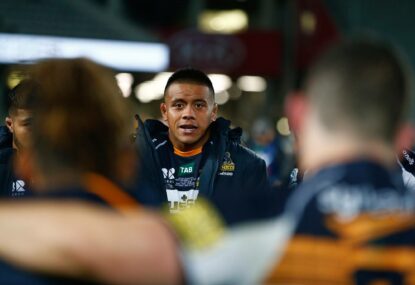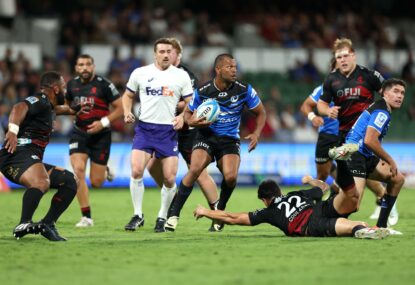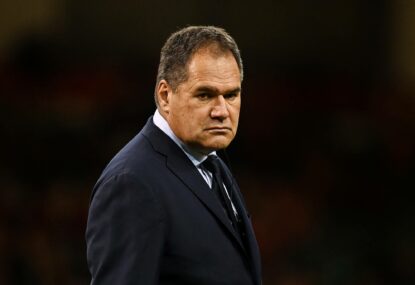A four-point swing. That is the difference between the first and second Wallabies Tests of 2021.
After last week’s get out of jail free card, kindly presented by the French, this week saw a more streetwise team turn up to close out, and ultimately win, a Test match in the final minutes.
Much has been made of this France squad, or more specifically, the players who are not in the France squad. Those from European Cup and Top 14 finalist Toulouse and La Rochelle have been left at home due to quarantine rules meaning that they would have only been available for the final Test of the series, and with that have had only a couple of training sessions to get ready.
Several good players would either walk in to or push extremely hard to be included in most international match-day squads for any nation.
This touring squad is, however, similar to the one that pushed England to sudden death in last year’s Autumn Nations Cup, when FFR mismanagement meant that Top 14 players could only participate in three of the competition’s four game weeks.
This meant that the like of Cameron Woki and other inexperienced players all got experience against a side that had been in the World Cup final 12 months previously and had soundly beaten the All Blacks.
So as much as the rhetoric will be that this is a French C or D team, this is actually a team made up of players that could easily slot in to the normal France Test team.

(Photo by Graham Denholm/Getty Images)
Having watched both games, I actually felt that the Wallabies’ performance in this week’s fixture was better than last week.
They appeared more clinical and defence appeared to front up better. One thing that remains consistent, however, is the lack of cutting edge and intensity in attack or on turnover ball.
The common theme seems to be nine passes to a forward runner, who acts as a pivot to tip on to another forward runner. Occasionally they switch this up with a pass to Noah Lolesio, who will probably pass back inside.
The pass back inside worked once. Tom Banks made a good break which culminated in Michael Hooper’s try, but one swallow doesn’t make a summer and this does not vindicate the tactic being the nominal backs move.
The make-up of the Australia team seems confused. It seems that Dave Rennie is conscious of a lack of Test match experience in a number of areas and so is trying to make up for this by retaining players in the line-up who do not warrant their place.
Experience is important, but so is making sure that the right players get the right experience in their better positions. The back line relies very heavily on Hunter Paisami being able to barrel his way through a defence or Marika Koroibete coming up with the game-breaking play.
Hopefully this is obvious by now, but Paisami, strong as he is, is not going to run through every defender he comes up against, and Koroibete can not conjure up magic with every touch.
One of my main issues with the Australian back line is the back-three combination: Tom Wright, Marika Koroibete and Tom Banks.
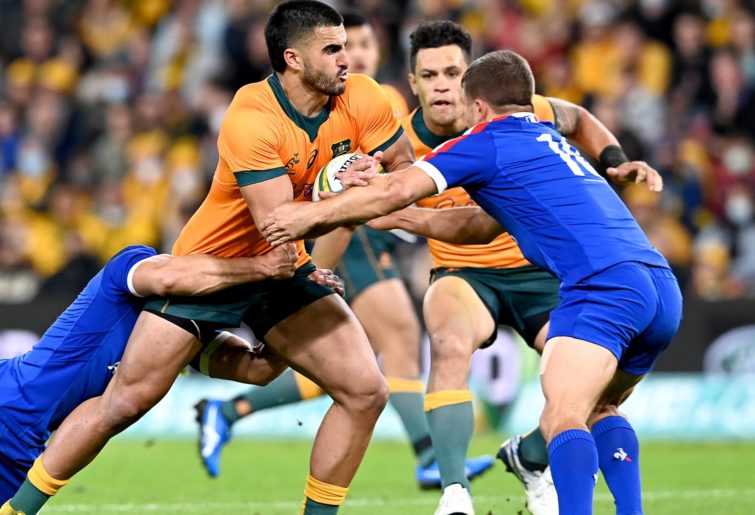
(Photo by Bradley Kanaris/Getty Images)
It is not an exciting group. You have Koroibete who is the out-and-out finisher. Give him a sniff of the try line and he will, more than likely, finish it off.
On the other wing is Wright, who is out of sorts at the moment and appears to be lacking confidence. He is a quick man and has some good basic skills, including a kicking game. But he is not a natural finisher like Koroibete nor a grafter in the mould of England’s Jack Nowell. He would probably be better suited to the 15 jersey where he could potentially step in to first receiver, giving Lolesio more time and space.
Rounding off the back three is Banks. There have been clamours for a few years now for Tom Banks to be given a proper go in the gold 15 jersey, but I am yet to be convinced. He is a good runner in space and I can appreciate the fascination with him given that he appears to be a bit of throwback to Chris Latham. I think it’s the low socks and AFL kicking style.
But he just does not have that X-factor that many world-class fullbacks possess. His kicking game for a fullback and primary kicking option is too frequently misguided and error-strewn. He doesn’t actually look comfortable putting boot to ball.
Defence, in terms of tackling, positioning and communication also seems to be lacking, which puts added pressure on the wingers to be in the correct positions and the back row to chase back to mop up any opposition breaks.
He is a good Super Rugby player, but he currently appears to be one of those players who can’t raise his performance levels as the standard increases. As much as it may hurt Australian rugby in the short term, maybe Banks should have a period playing in Europe to sharpen up these skills, playing a greater number of high pressure games and having to adapt to a new environment.
My preferred back-three line-up for the rest of the year would probably include a finisher, a grafter and a kicker. These players would also have some X-factor, obviously to differing degrees given the current players available, but it would allow players to play to their strengths.
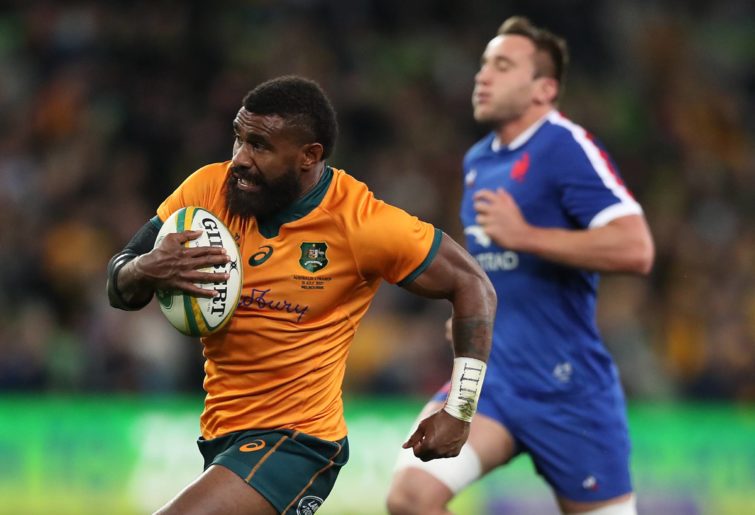
(Photo by Graham Denholm/Getty Images)
Koroibete could roam off his wing to pick off players and finish off tries. The fullback would have a variety to his game with a decent boot and the ability to counter attack. The other wing position would have a grafter who can support the forward pods and allow the two centres to not have to go in to so many rucks.
It may be hopeful but I like a back three made up of Koroibete, Andy Muirhead and Wright. Muirhead is a bit of a bolter but the graft he puts in for the Brumbies is exceptional, plus he has a nice step, which other backs don’t, allowing him to get on weak shoulders.
Rennie should also look at his centre combination. Matt To’omua and Paisami hasn’t worked with the former being out of form. He clearly brings experience to an inexperienced back line but it feels like he isn’t allowing Lolesio to express himself and pushing Paisami wide shows his lack of an outside break.
A better combination would be Paisami at 12 and Izaia Perese at 13. It is harsh on Len Ikitau and maybe he should get a go but either one has the ability to go on the outside and stretch defences, as well as the ability to put on a decent shot in defence.
No matter what changes are made for the final Test, there remains the issue of a disjointed approach from the Wallabies and the Super Rugby teams. It is in a better situation than previously under Michael Cheika, but there is still work to do.
Hopefully, a new competition structure will allow more Australian talent to flourish and players to be provided a decent amount of game time in alternative positions.
There will always be clamours to consolidate talent in to two or three squads but all this does is mean that players get a run of two games before they need to be changed out for someone else. The French have talent dispersed, as do the English, and they both seem to perform on a consistently higher level than Australian rugby currently does.
On a side note, there has been a glut of young players re-signing or signing with their Super Rugby teams, notably with pathway graduates at both the Rebels and Force, evidencing that the presence of these teams helps broaden the net.
It may take longer than people would like but provided the correct building blocks are put in place in the pathways and grassroots, the strength of the union can grow and with it the net strength of Australian rugby.

































































































